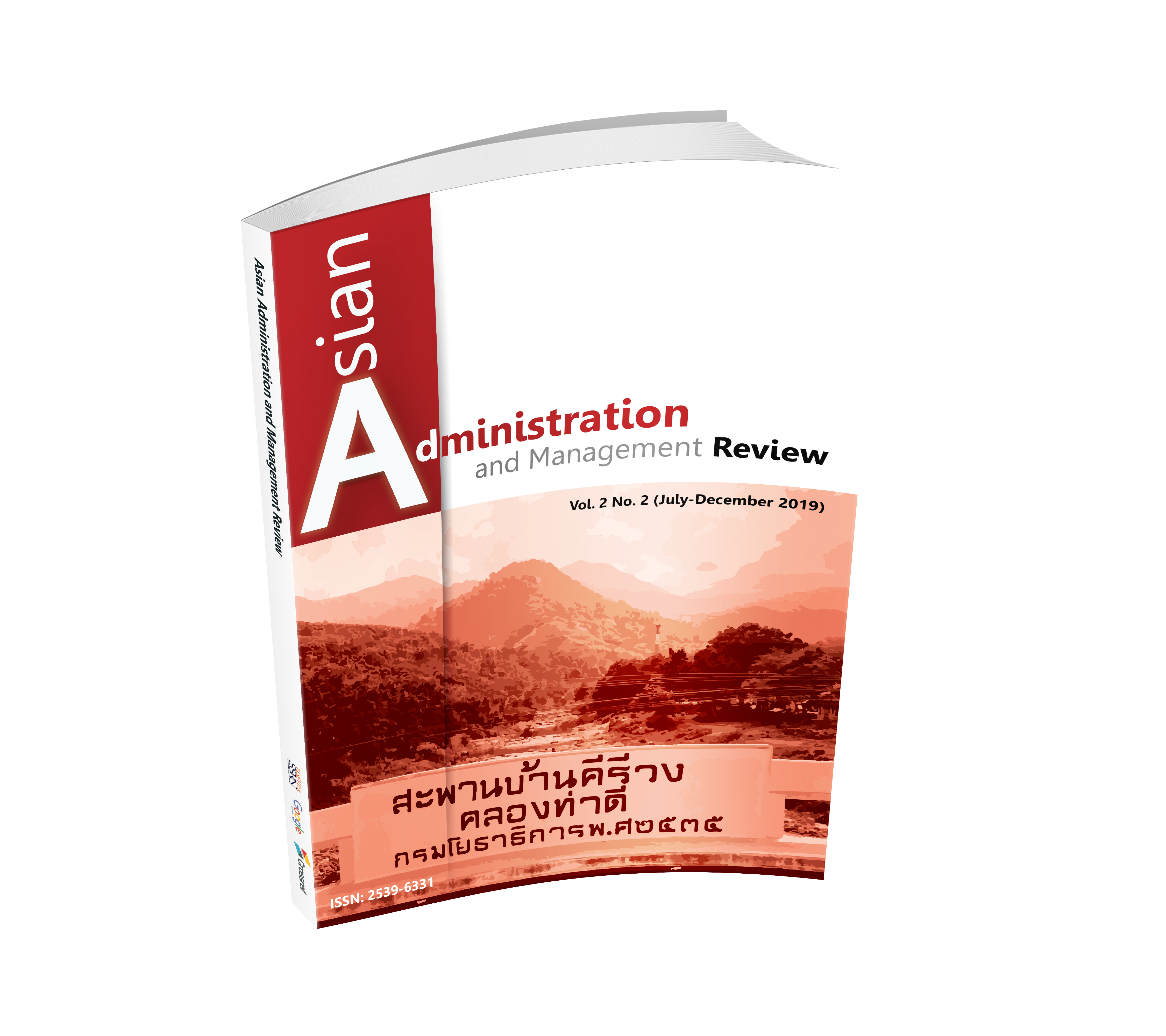Structural Equation Model for Awareness, Accessibility, and Utilization of Thailand Universal Health Coverage System
Keywords:
Universal Health Care, Awareness, Accessibility, UtilizationAbstract
Thailand's Universal Health Coverage (UHC) system was implemented in 2002. The system was being reviewed as successful. However, there are some challenges faced, especially issues of awareness, accessibility, and utilization among the beneficiaries. This paper employs a Structural Equation Model-SEM in explaining awareness and accessibility of the system. Main purpose of the study is to explore the effects of awareness and accessibility on level of utilization of the system. Data were collected in 6 areas of the Bangkok metropolitan, each comprising 6 7 cases, a totaling of 4 0 2 cases. Latent variables were constructed using exploratory factor analysis-EFA. The variables then were entered in the SEM. There are eight components found in the EFA procedures, all of which were consistent with theoretical components. From the SEM model, The higher the awareness, the higher the accessibility as well as the utilization of the system. Likewise, an increasing in accessibility also promoted utilization. Although the individual factors such as income, age, and education may not be able to prove relating with the utilization of the system, findings suggested that the specific knowledge of right especially in case of an emergency, right for compensation, and increasing in information flow would help promoting awareness hence accessibility and utilization of the system.
Downloads












.png)


